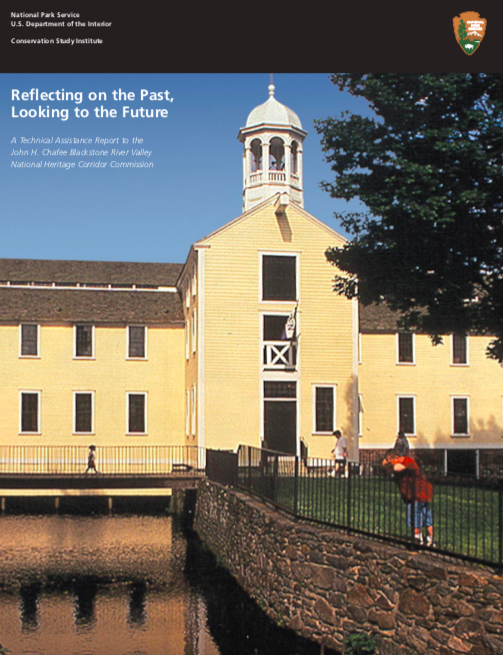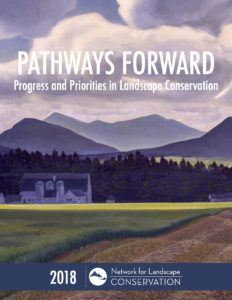
As someone who started their career as a museum curator and then moved into preserving historic resources, the concept of using cultural resources as a way to convey a story is not new or foreign territory. However, most of my early experience was with interpreting objects or site-specific historic places. The idea of telling stories on a landscape scale never crossed my mind.
It was not until I began working with Heritage Areas and the United States National Heritage Area (NHA) program, in particular, that I saw the power of this approach to build partnerships and unify a region.
The importance of storytelling for the NHAs was a striking finding in an extensive evaluation conducted by the National Park Service. The review of the Blackstone River Valley National Heritage Corridor Reflecting on the Past, Looking to the Future (2005) found that understanding the story of the region was a call to action for the partners. And further noted that:
‘Numerous partners describe the story as “the glue” that holds the region together. Thus, understanding the story not only helps to create a meaningful context for Corridor projects, it also serves as an organizing concept for the myriad groups and interests in the Valley. Another partner described how the story provides a way for different people and organizations to engage each other around a shared sense of history. In this way, the story has the potential to transcend time and culture, and become a unifying theme within the valley.’
The evaluation of the Delaware and Lehigh National Heritage Corridor, appropriately titled Connecting Stories, Landscapes and People (2006), also highlighted the importance of communicating the vision and telling stories to connect people and community throughout NHAs 160-mile corridor in Pennsylvania. A more recent set of NHA evaluations found that education and interpretation of the human-made and natural landscape was a high priority for residents and visitors alike. These evaluations showed that on average 26% of programmatic dollars went into this activity (2013).
With the increasing adoption of a large landscape approach for natural resource conservation, there have been efforts to identify the critical components for the success of such a strategy. Storytelling has emerged as a significant factor. The National Academy of Science’s report, “An Evaluation of the Landscape Conservation Cooperatives”, concluded that a landscape approach is needed to meet the nation’s conservation challenges. It went on to identify ‘a unifying theme or story’ as a key element. The report noted this can provide stability in an inherently fragile system.

The Network for Landscape Conservation, an organization with the mission of advancing collaborative, community-grounded conservation at scale, gathered experts together in 2017 to share best practices and prepare an agenda for the future. In the follow-on report, Pathways Forward: Progress and Priorities in Landscape Conservation , a whole section was devoted to communication and engagement. It specifically called out the “connective power” of storytelling as playing a central role connecting people to each other and the land.
This is all good news, but it is only a start. If it is based on authenticity and integrity, storytelling can also contribute to our engagement with diverse communities and help build a more inclusive conservation movement. This is more challenging than it sounds. Places that are significant to Native peoples and people of color may not be visible to the uninformed eye. One example is the findings of the Pennsylvania Hallowed Ground project, which seeks to preserve African American cemeteries. These sites are particularly vulnerable. Many of the rural cemeteries have been forgotten as populations shift and families move on to new opportunities, while their urban counterparts have fallen victim to changing land use and financial downturns. For conservation practitioners to “see” these overgrown and forgotten places requires listening to community members and digging more deeply into the historical records. This is just one example of places that need to be seen and conserved. We are only just beginning to uncover all the stories that landscapes have to tell.


